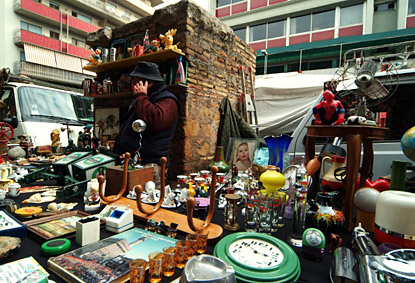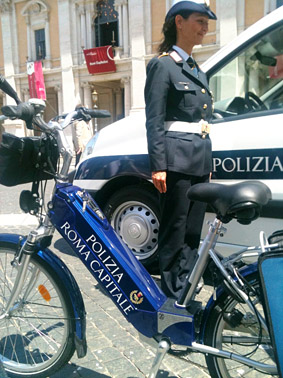What area is "Authentic ROME"?
HOW TO CHOOSE THE RIGHT QUARTER
|
It is debatable since ancient Rome, and questions arise among Rome scholars and lovers about what quarter or district best represents the "Authentic Rome", in other words, what area is the most quintessential Roman.
Actually, the "Eternal City" is far more complex than that, and whatever district or aspect you might want to focus on is just a facet of an extraordinarily kaleidoscopic picture.
The reality is more complex: Rome not only has a multi-layered society, but it is also geographically complex.
Most visitors believe that Rome ends with the old Rome centre, which Romans call "Centro Storico", while around it there are no less than 90 quarters, most with sights, monuments, natural beauty rivalling if not dwarfing the historical centre.
The same can be said of Rome's province, and also, in Rome's region called Lazio, there are other four provinces (Rieti, Viterbo, Frosinone, Latina), each with countless small towns, natural resources, a historical legacy and tourist resources that are more interesting for some aspects than Rome itself.
Right: vendor at his stall in Porta Portese flea market speaking vibrantly with his "telefonino" - cell phone. |
 |
It is not a coincidence: Rome was founded by "Latin" settlers, who initially occupied the southern area of the present region Lazio (Latium in Latin), then moved to the Alban Hills (today's Castelli Romani), and eventually founded Rome, which was initially only a colony, then only one of the 30 towns of the Latin Confederation.
|
Moreover, politicians, writers and emperors came from all the areas of Lazio (Nero for ex. was from Anzio, Augustus from the Alban Hills), or had their villas in the region (for ex. Hadrian's Villa in today's Tivoli, Tiberius villa in today's Sperlonga etc.).
Another proof is that today most Romans not only live in areas around the Centro Storico, and also in Rome province, and in the other provinces. By doing so, they have the best of both worlds: unspoilt nature, wonderful sights (and charming if not poetic little towns) where to live, and fast, well organized transport enabling them to commute to downtown Rome in short time.
Finally, leaving aside the geographical / historical complexity of Rome, it also has a "polyphonic" society (IE multi-layered), which enriches the town's culture. No place in Rome is actually the "centre", all quarters contribute to its culture, and actually the ones outside the "Centro Storico" are way more active.
So when one speaks of "authentic" Rome, well... it's a matter of "all or nothing", meaning that you should consider and take all of it, not only the Centro Storico - or leave it. So although many visitors consider the Centro Storico (Old Rome, in English), it would be best defined as Classical Rome, or Rome Tourist Centre.
Left: Rome city police at Capitol Hill square (Piazza di Campidoglio). Mopeds are Romans' passion, also of policemen. |
Back to top
|












